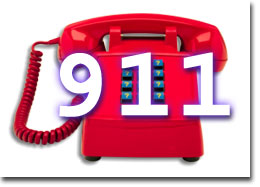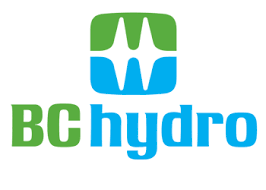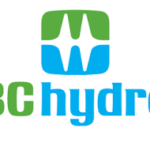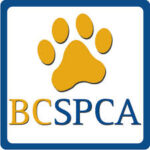How to teach your child to dial 911
The mother of a four-year-old child faints. The child is the only other person at home. He calls 9-1-1. Paramedics take the mother to hospital. She recovers and rejoins her family.
Such a simple scenario that could have gone so wrong.
Brad Mitchell of BC Ambulance Service was the charge dispatcher on duty several months ago when the call described above came in. While the child had called 9-1-1, he didn’t know his address.
“Teaching your child to call 9-1-1 and to know their home address is one of the most important things you can do to help keep you and your loved ones safe at home,” said Mitchell.
“Even very young children can learn to call 9-1-1,” said Dr. Michal Fedeles, manager, learning design for BCAS. “Start with the basics when your child is three or four; role-play some simple scenarios with your child – ‘Mom can’t get up from the floor and there’s no one else around’ — without actually calling 9-1-1. Revisit the issue every year, as your child becomes more mature and aware of his or her surroundings and abilities.”
It’s a good idea to talk to your children about calling 9-1-1 once a year. Fall is a good time because school starts and household routines change.
“Children can grasp the concept of an emergency situation – whether someone is unresponsive from a fall or from fainting, if a fire starts or if someone is breaking into your home,” says Fedeles. “Of course, tailor the discussion to your child based on whether they’re preschool age or a teenager.”
It’s also a good idea to let a child know the kinds of questions to expect when they call 9-1-1. “Dispatchers will ask where you are calling from, what’s your address, if the person you’re calling about is awake,” said Mitchell.
Parents or child care providers should also be sure to stress that the child not hang up on the call. Dispatchers will stay connected with the child until paramedics arrive; they can be a calming influence for the child as well as provide instructions for caring for the patient. Depending on the situation, they may ask your child to flag down the ambulance or put the family dog away so paramedics can focus on providing care when they arrive.
For more information about teaching your children about 9-1-1, visit Factsheet: Tips for Teaching Your Children about 9-1-1.
Operating under the authority of the Emergency and Health Services Commission, BCAS provides public ambulance service throughout BC. The EHSC has the legislated mandate under the Emergency and Health Services Act to provide BC residents and healthcare professionals with access to pre-hospital emergency and patient transfer services. The EHSC also oversees BC Bedline and Trauma Services BC. The EHSC is a division of the Provincial Health Services Authority, which manages specialized health care services across BC.



























Comments